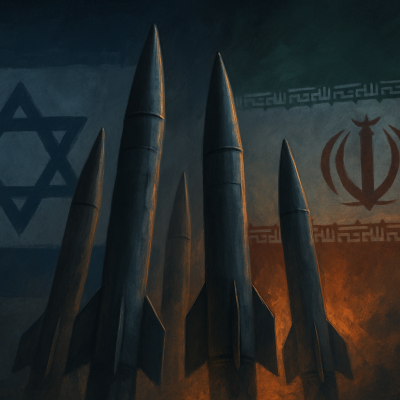This analysis explores the long-standing trends and strategies of Hamas military wing (the Izz al-Din al-Qassam Brigades), highlighting its sustained efforts in weaponry and tactics, media strategies, and operational coordination. These elements collectively demonstrate Al-Qassam’s resilience, tactical innovation, and strategic depth in maintaining pressure on adversaries and undermining regional stability. The recent conflict escalated significantly when Hamas-led militant groups launched a surprise attack on Israel on 7 October, involving a rocket barrage and approximately 3,000 militants breaching the Gaza–Israel barrier and attacking Israeli civilian communities and military bases. This event underscores the tactical sophistication and strategic planning capabilities of Al-Qassam Brigades, reflecting the militia’s ability to execute large-scale, coordinated attacks.
Overall, Al-Qassam Brigades has exhibited itself as a highly adaptive and resilient organization and as a formidable force in the ongoing conflict with noteworthy patterns of high coordination and consistency in its operations. The data reveals a sustained and coordinated effort, as part of long-term engagement, to maintain pressure on adversaries, supported by strategic resource allocation, an extensive smuggling network, local production capabilities, and regional alliances. Additionally, the propaganda is well-aligned with military actions and helps shape the local and global perceptions towards the conflict, the war, and the Al-Qassam Brigades.
Collaboration with other regional militant groups and state actors bolsters Al-Qassam Brigades’ operational capabilities, strategic reach, and ideological unity and solidarity. Such alliance entails consistent coordination, shared capabilities and strategic direction. Iranian assistance encompasses training, financial support, and technical expertise, while collaboration with Hezbollah and Yemeni Houthi forces offers supplementary knowledge and advanced weaponry. High levels of coordination and command control are also evident in joint operations between Al-Ǫassam and Al-Ǫuds Brigades demonstrating a significant level of coordination and tactical proficiency.
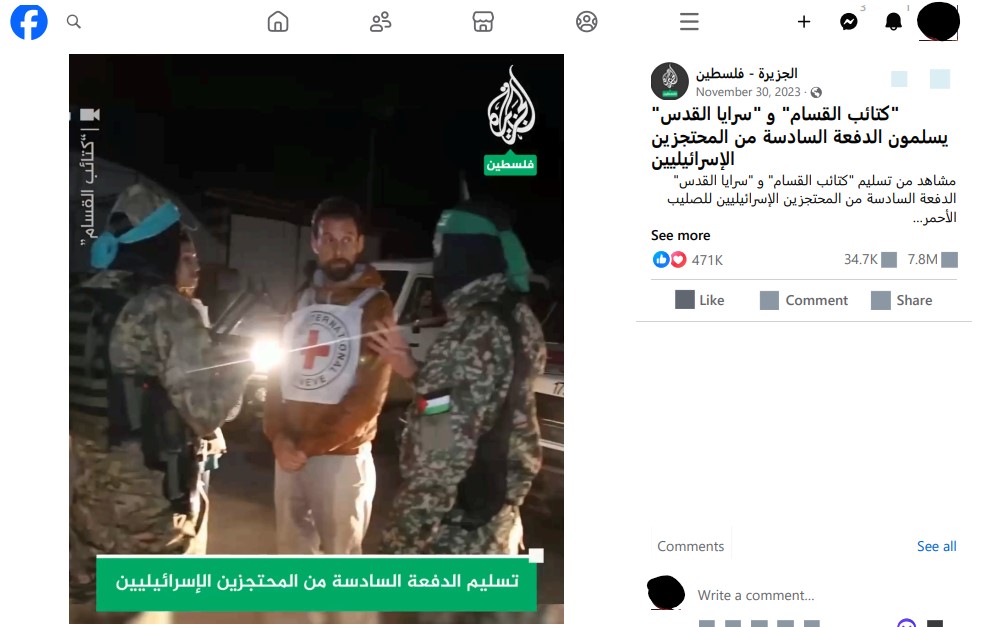
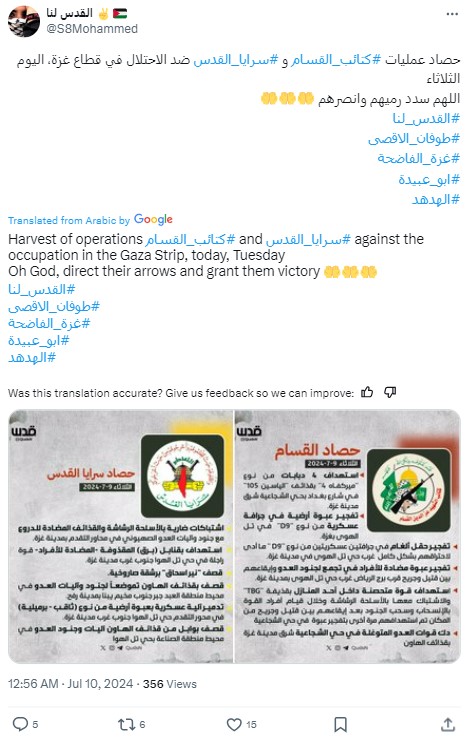

Operational Sophistication
Operationally, the Brigades’ complex, multi-phase attacks integrate artillery, missile strikes, and ground engagements, all backed by real-time intelligence. Real-time intelligence is used to execute precision strikes and ambushes, suggesting a sophisticated surveillance and reconnaissance capability. The Brigades employ a sophisticated and diverse arsenal, including advanced guided missiles such as the TBG and Al-Yassin 105, Rajum missile systems, drones, various improvised explosive devices (IEDs), and an array of mortar shells, such as 60mm and 82mm, and Katyusha rockets.
Many of these weapons, which vary in composition, country of origin, and assembly method, are sourced through extensive smuggling networks mainly from Iran and North Korea. The local assembly further bolsters the diversity of Al Qassam’s arsenal in covert workshops within Gaza, and their varied tactics, particularly the strategic use of time for surprise and complex operations for maximum impact.

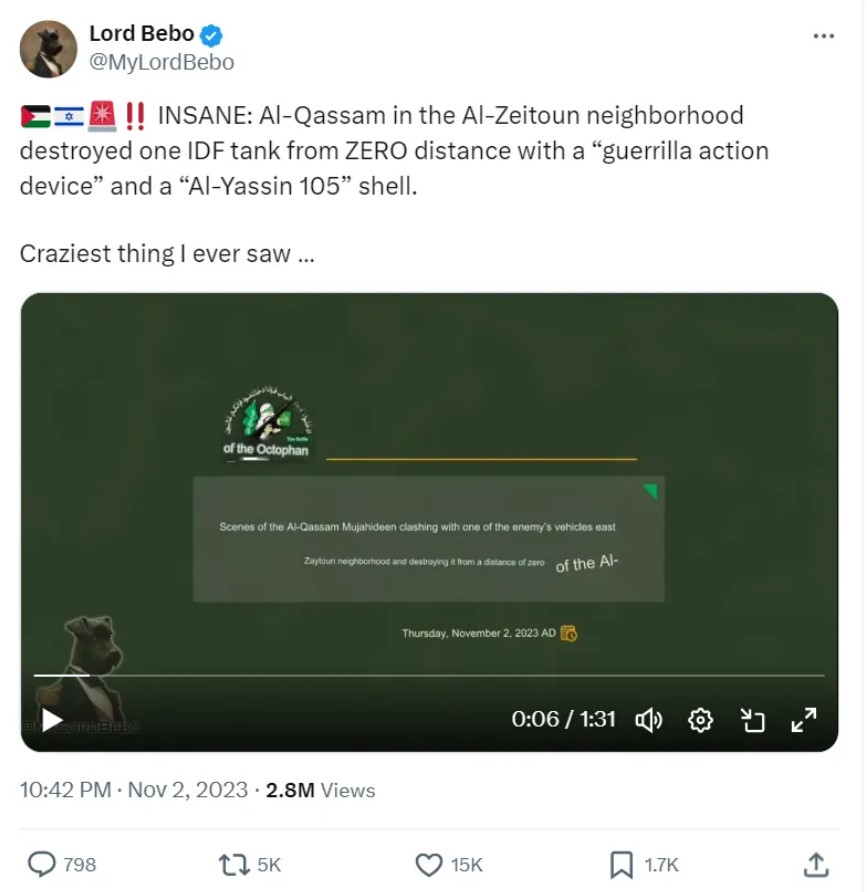
The Israel-Hamas war witnessed a gradual increase in the intensity and frequency of attacks, marked by the use of increasingly sophisticated and destructive weapons. Hamas’ Al Qassam’s escalation indicates a deliberate intensification of the conflict. The frequency of coordinated attacks involving multiple allied regional militias, types of weaponry, and tactics has notably increased, reflecting a heightened level of operational complexity, strategic planning, and regional hostilities.
Tactical Proficiency
Tactically, Al-Ǫassam reveals a key competency and proficiency in ambush and deception tactics. Al-Ǫassam frequently lures enemy forces into pre-planned ambushes and uses decoys to mislead and trap them. The high mobility and flexibility enable the military group with quick deployment and adaptable responses to enemy tactics and countermeasures and shifting battlefield conditions.
By utilizing guerrilla tactics and urban warfare tactics, the enemy’s vulnerabilities are well-exploited making it much more harder for the Israeli army to operate in densely populated areas and exposing Israel to more scrutiny and condemnation by the international community.
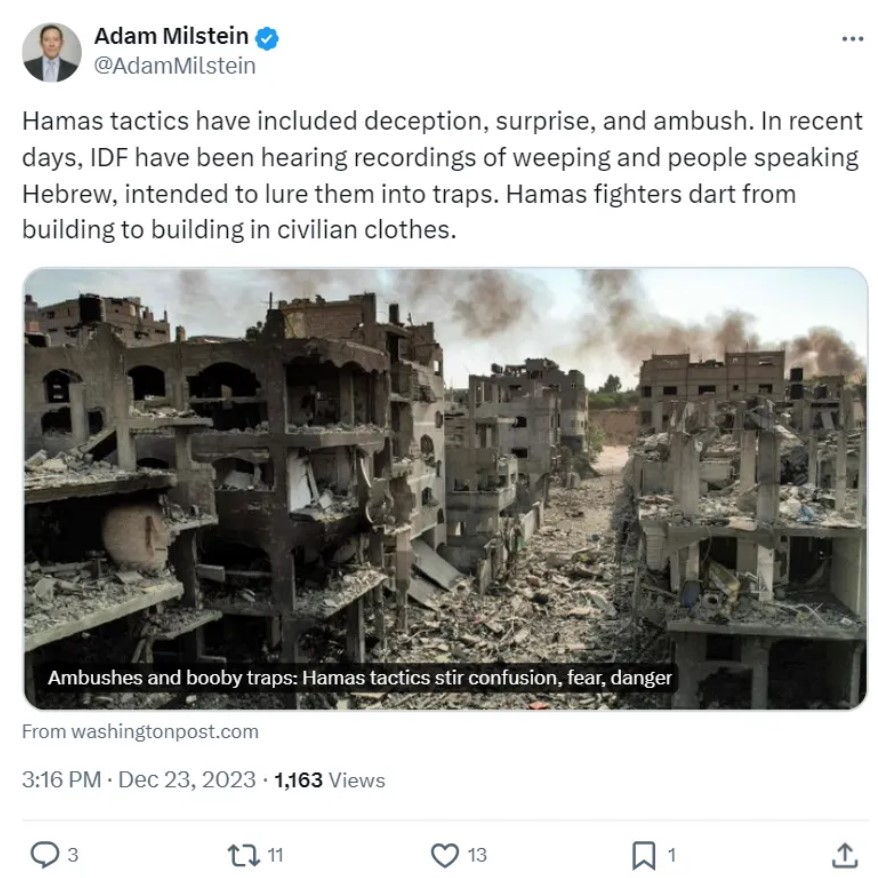
Communication Strategies
The communication strategies highlight an extensive network of regional alliances, thereby enhancing Al-Qassam’s operational capabilities and reinforcing its ideological discourse and strategic outreach.
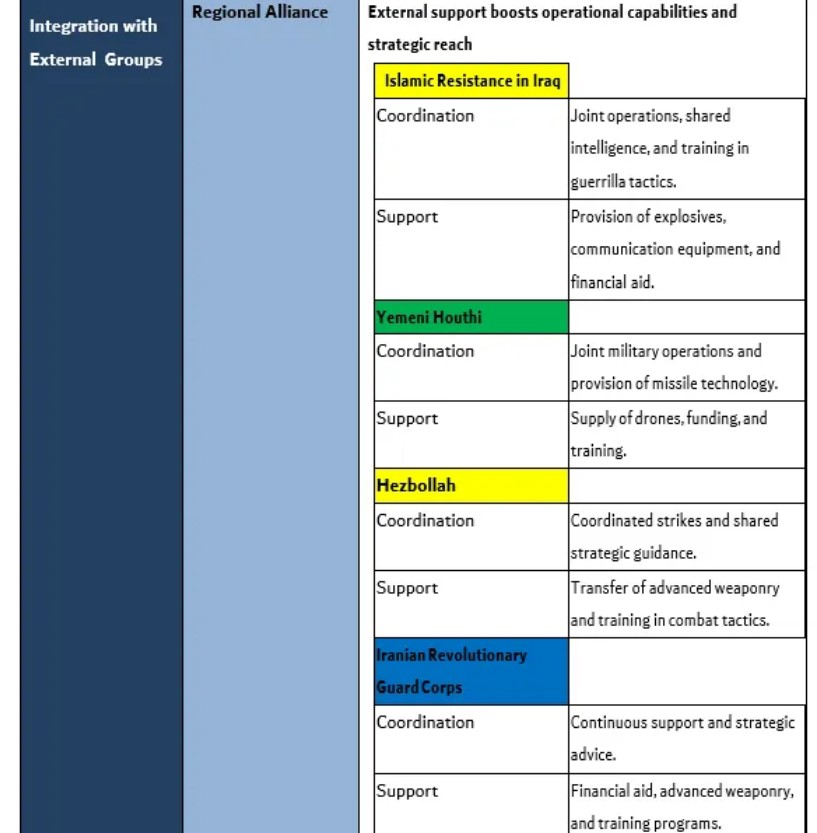
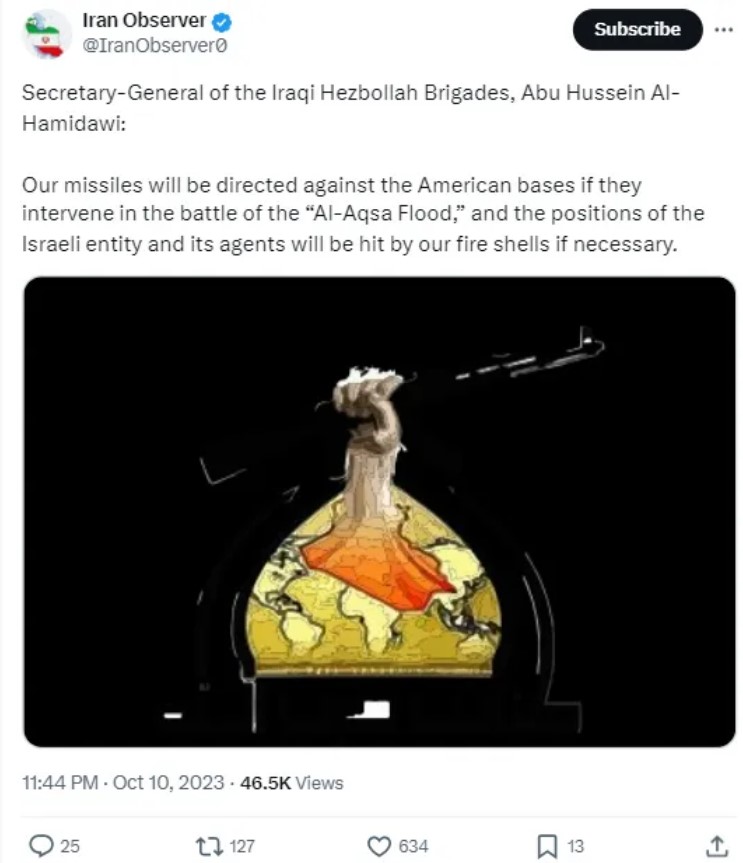
Media and psychological operations are integral to Al-Qassam’s strategy. The synchronization of military actions with media releases reveals noteworthy levels of technical expertise and demonstrates a sophisticated strategy to control the narrative and influence local and global perceptions. Starting with the use of hashtags like “#Al-Aqsa_Flood/ #طوفان_الأقصى” to Hamas and Al Qassam’s leader’s consistent messaging, speeches, and emotional appeals to continue resistance, a unified narrative is maintained and ideological positioning is reinforced. This is also complimented by the frequent use of various social media platforms and video content not only to document and publicize their actions but also to establish electronic civil disobedience, global resistance, and increased antisemitism.
Al-Qassam’s communications strongly emphasize religious and ideological themes, framing the struggle as a just and righteous cause. The narrative employs rich religious rhetoric, portraying actions as legitimate and necessary while depicting victimhood to garner support. Constant tributes to fallen fighters emphasize martyrdom and resistance.
The political and cultural tools of communication rally support and legitimize Hamas’ military actions in the eyes of both local and international audiences, globally energize the just fight against a tyrannical enemy, and reinforce narratives of victimhood and moral righteousness. A strong portrayal of Palestinians as victims of Israeli aggression is emphasized through live videos highlighting civilian casualties and suffering, combined with frequent accusations against Israeli forces as oppressors and perpetrators of war crimes and massacres.
Further, Al-Qassam’s media strategy includes psychological warfare aimed at amplifying the impact of the militia’s operations to boost supporters’ morale, demoralize their enemies, and sustain a perception of momentum and success. Video releases show the attacks, their enemy, and the aftermath aimed at boosting morale and demonstrating capability.
Messages target Israeli civilians to instil fear and mistrust, highlighting the futility of resisting Hamas or its regional allies and reinforcing the narrative of a holy battle marked by justice and righteousness. This dual focus on military action and psychological impact is unique and strategically potent.


